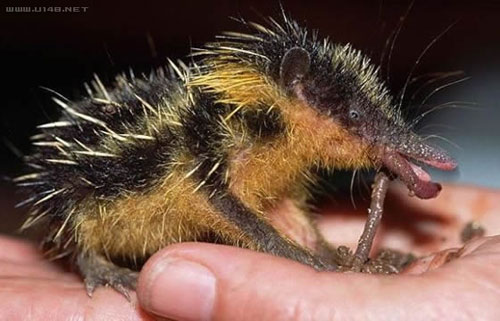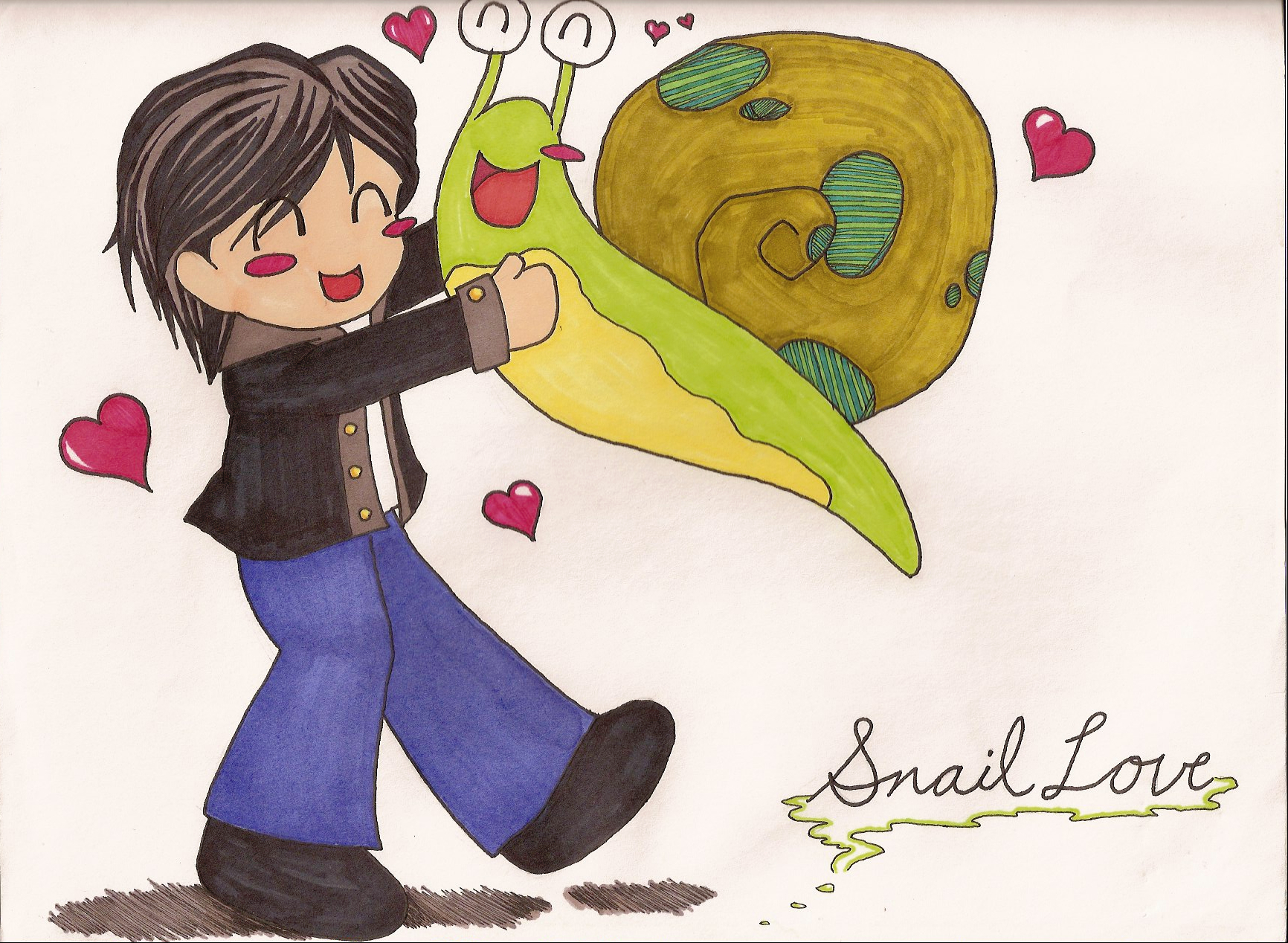The Tiger Quoll is a super cute and slender marsupial that only lives in Australia. They are very rare, and sadly are endangered. Tiger Quolls are related to Tasmanian Devils, and are in a family with animals that look like mice.
"Tiger Quoll" seems like a silly name for an animal that is spotted, instead of stripey like a Tiger. But rest assured, they can also be called Spotted Quolls. These fuzzy guys have really cute little heads with adorable noses, and small ears, as well as short legs. A cool thing about this animal, is that their spots continue on the long tail.
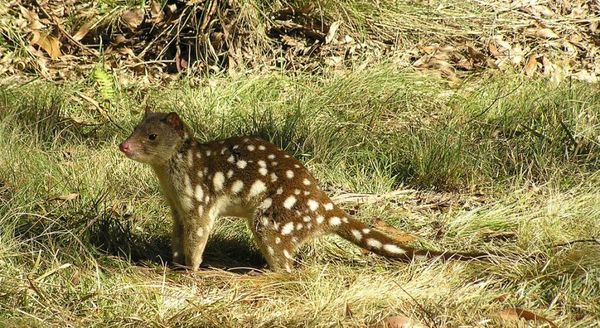 |
| Whatcha looking at? |
 |
| Look at that cute nose! |
Tiger Quolls live in Eastern Australia in rainforests. They like to hang out in trees, where they hunt for food, such as birds, and possums. They also eat other animals, like rodents, lizards, snakes, and insects. These fuzzy mammals are mostly active at night, when they can hunt for prey and not become food for bigger animals who are active during the day.
 |
| Cuddly. |
Tiger Quolls sleep in dens, which means any cozy place they can find, like holes in trees, caves, burrows underground, hollow trees, or even under houses.
These cute marsupials often greet one another by sniffing noses together! Adorable!
Further Reading
-------------------------------------------------------------------------------------------------------------------




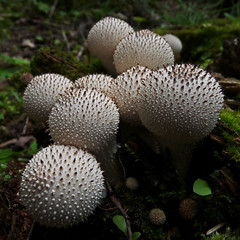



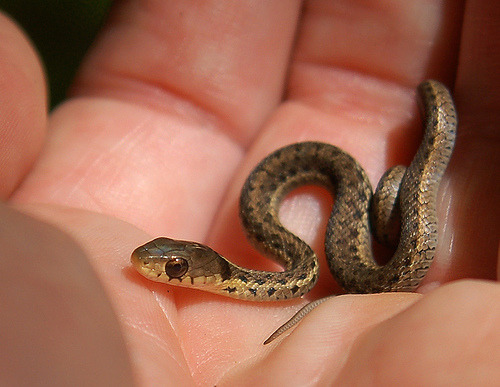











.jpg)
















